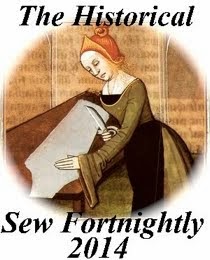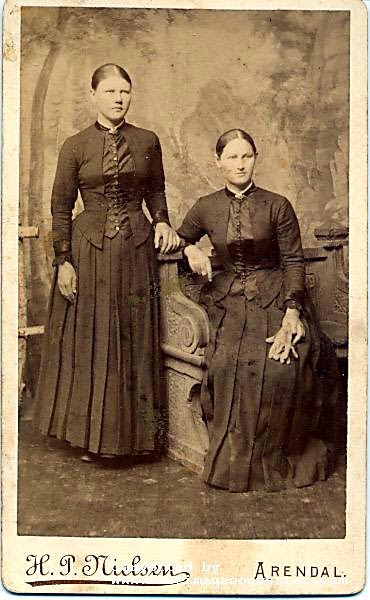Unfortunately, while updating this blog today, Blogger deleted my earlier post about lemon curd, which has been a popular post with readers! I will attempt to re-create it here:
The traditional English tea fare tends to be slightly different from the menu that has become traditional on American tea tables. When I was a student in the south of England in 2000, I indulged my love of tea with good old PG Tips with milk and sugar, and a digestive biscuit on the side. In tea shops, where I loved to stop when it rained (even for 5 minutes), the usual offering was a pot of tea and a plain (unflavored) scone served with Devon cream and strawberry preserves. A variety of cakes and sandwiches were available, as well, but my English friends said that cakes and things were for holidays and other special occasions. Tea (as in, the everyday mid-morning and mid-afternoon snack) was a simple affair: a pot or cup of tea and a biscuit or two, or a piece of toast. The combination of tea, scone, cream and jam comprise the traditional English Cream Tea. The addition of egg and cress, and cucumber sandwiches, with perhaps some biscuits and one kind of cake, made the menu into a traditional English Afternoon Tea.
In the United States, however, Tea has taken on another dimension. For many people, Tea is more of a special occasion than a part of everyday life. American tea tables tend to be well-filled with a variety of foods, under the misnomer "High Tea:" tea shops and individual tea hostesses usually offer a variety of teas -- especially flavored teas and "herbal teas" or tisanes -- to accompany the scones -- also often flavored or filled with dried fruit, chocolate bits or topped with thin icing -- and the most common toppings, which are whipped cream or "mock clotted cream" and lemon curd. Several kinds of sandwiches and savories (formerly known as canapes or mini finger foods), including cucumber sandwiches, egg salad sandwiches, mini quiches and sausage rolls, and even, on occasion, bowls of soup, are served with cookies or pastries, and bon-bons, cakes, miniature tarts, and other tempting desserts.
While the traditional English tea table is characterized by elegance, quality, and comfort, the American tea table is an example of variety and abundant luxury, as well as practicality, oddly enough! Americans, in general, don't like to put a lot of effort or money into something if it's too simple; we like to get our money's worth, especially when we splurge on something special!
When I was in England, however -- and according to my English friends -- I hardly ever saw lemon curd, which I happen to love. When I did encounter lemon curd, it was used as a filling for tarts, but not served with scones at the tea table. Knowing that the traditional English Tea descends from the menu popularized by Anna, Duchess of Bedford, in 1840 or thereabouts, I began to wonder how lemon curd came to replace strawberry preserves as the preferred companion to scones, in the United States. Is lemon curd a 20th century delicacy, or did the Victorians know and enjoy it? I looked through my collection of vintage and antique reproduction cookbooks and found little to no mention of lemon curd, but the use of lemons as a flavoring for cakes, puddings, custards, beverages and desserts of all sorts was evident. Then I came upon some of Jane Austen's reprinted letters, which mention "lemon cheesecakes", and a recipe for something called "lemon cheese" and I wondered, is this the same thing as "lemon curd"?
Perhaps the following reciept is what Jane Austen and her friends enjoyed. It is from a Scottish cookbook from 1820, called _The Practice of Cookery, etc._
Lemon and Orange Cheese-cakes.
Grate four lemons or oranges, scrape out the pulp, boil the skins till they are very tender, then take them out and beat them fine in a mortar with four ounces of sweet butter and the grate [grated zest]. Cast [beat] six eggs (keeping out four of the whites) with six ounces of sugar beat and sifted until it is light and white; then mix the whole well together, with two-ounces of orange-peel cut in small pieces. Line some patty-pans with paste; fill them with the meat, and glaze them as before.
Here is another similar recipe, American, this time, from Godey's
Lady's Book, May 1860:
Lemon Cheesecakes.--The rind of a large lemon; squeeze half of the juice, three eggs, half a pound of lump-sugar, quarter of a pound of butter, to be melted.
And here is a modern recipe from my friend Helen:
Lemon CurdGrated rind and juice of 4 medium lemons
4 eggs
100g (4 oz/ ½ cup) butter
350g (12 oz/ 1 ½ cups) caster sugar
1. Place all the ingredients in the top of a double saucepan or in a bowl standing over a pan of simmering water
2. Stir until the sugar has dissolved and continue heating gently for about 20 minutes until the curd thickens
3. Strain into jars and cover (I just prepare the jars by heating them in the microwave and dropping the lids into the simmering water as I am straining the curd.)
Makes about 700 g (1 ½ lb)
 image from AntiqueClipArt.com
image from AntiqueClipArt.com 















 Here are the four small tables in the front parlor. The window that is visible in the upper left corner of the picture is a small bay window, that had a small table for two placed in it. Those were some of the best seats in the house!
Here are the four small tables in the front parlor. The window that is visible in the upper left corner of the picture is a small bay window, that had a small table for two placed in it. Those were some of the best seats in the house!











